User-generated distribution: the hidden growth engine behind today’s fastest startups. | VC Jobs.
The Arc PMF terrifying questions framework & Non-obvious signs of early startup traction.
👋 Hey, Sahil here — Welcome back to Venture Curator, where we explore how top investors think, how real founders build, and the strategies shaping tomorrow’s companies. Here’s today at a glance -
How to build user-generated distribution loops.
The Arc PMF terrifying questions framework.
Non-obvious signs of early startup traction and how to spot them.
FROM OUR PARTNER - BOARDY
🤝 How I got the right intro without sending a single cold email.
I’d been trying to meet D2C founders for partnerships, but cold outreach was going nowhere.
Then I messaged Boardy on WhatsApp. Within minutes, its AI called me, asked about my startup, and who I wanted to meet. That same day, I had a double opt-in intro to a perfect-fit founder, someone already open and excited to connect.
Founders use it to meet investors, land customers, hire talent, or get expert advice.
Every intro is vetted, so your time isn’t wasted, and the whole process feels personal, quick, and effortless. One clear ask, one valuable connection.
Boardy’s already helped founders close millions in funding and deals through intros like this.
VENTURE CURATORS’ FINDING
📬 My Favourite Finds
Media Posts:
Khosla Ventures’ Guide: Pitch the way VCs think. (Link)
The slide every investor wants to see. (Link)
SEO cheat codes every founder should know. (Link)
The VC scorecard that early-stage investors use. (Link)
Michel Lieben on how he’d find B2B clients if he had to start from 0. (Link)
Marty Kausas on how much founders get paid. (Link)
Reports/Articles:
🤝 PARTNERSHIP WITH US
Get your product in front of over 95,000+ audience - Our newsletter is read by thousands of tech professionals, founders, investors and managers worldwide. Get in touch today.
📜 DEEP DIVE
How to build user-generated distribution loops.
Some of the fastest-growing products in the world didn’t scale because of big ad budgets. They grew because their users created content that attracted more users.
Notion pages, Canva designs, Duolingo streaks, and Figma files all turned ordinary usage into free distribution. This is user-generated distribution (UGD): a growth loop where every action a user takes can bring in the next one.
Why it works
Self-reinforcing: users create → others see → new users join → they create more.
Trustworthy: People trust peer content more than brand ads.
Cost-efficient: lowers CAC and compounds over time.
Now let’s break down how different companies designed these loops and how you can, too.
Notion: templates as a flywheel
Problem solved: new users froze at a blank page.
Solution: starter templates + an open template gallery. Every public page could be shared and duplicated in one click.
Community: Ambassadors and template creators were spotlighted and allowed to monetise.
Result: Notion grew from 1M → 100M users mostly via organic sharing.
Seed initial content yourself, then let your community build on it. Templates don’t just activate users; they advertise your product.
Duolingo: volunteers built the product
Problem solved: too many languages to build in-house.
Solution: The Incubator lets bilingual volunteers create entire courses.
Quality control: 200k+ daily lesson reports from learners, triaged by community + AI.
Engagement: streaks, leaderboards, and shareable achievements kept learners hooked (and bragging).
Passionate users will build for you if you give them tools, recognition, and feedback loops.
Canva: designs that spread themselves
Problem solved: non-designers needed inspiration.
Solution: template marketplace (90% user-created). Creators earn 35% royalties, fueling constant content.
Distribution: one-click exports to socials, “Made with Canva” attribution, and hashtag contests.
Result: 13B+ designs created → millions shared → endless organic exposure.
Design your product so that what users make is naturally social + proudly branded.
Figma: collaboration = growth
Problem solved: design files stuck on desktops.
Solution: multiplayer browser design → every file invite brought in new users.
Community: launched Figma Community, where users publish UI kits, icon sets, and templates for one-click remix.
If your product can be collaborative, usage itself is distribution. If not, make outputs easy to remix and reshare.
Marketplaces: content as acquisition
Reddit/Quora/Stack Overflow: every post = SEO fuel → brings in new users searching → they post more.
TripAdvisor/Yelp: reviews created a content moat that no competitor could replicate with ads.
Airbnb/Etsy: each host or seller listing doubled as an ad, often shared across other networks.
Every listing, review, or answer should serve both utility and distribution.
Across these examples, the pattern is consistent – users create value that begets more users.
Whether it’s templates, answers, reviews, or listings, empowering users to contribute content turns your customer base into a self-expanding marketing force.
So, how can you design and build a successful UGD loop for your startup?
1. Seed the loop (solve the empty room problem)
Don’t launch with a blank slate. Create starter templates, examples, or listings yourself.
Recruit early power users (designers, writers, hosts) to contribute first content. Pay or spotlight them if needed.
Provide single-player value: Pinterest worked even if no one else was on it. Same with Instagram filters.
2. Incentivise & curate quality (not just quantity)
Intrinsic rewards: badges, leaderboards, recognition in the community.
Extrinsic rewards: monetisation, revenue share, premium perks. Canva pays royalties. Notion allowed template sellers to earn.
Curation: actively feature the best user content (template galleries, “featured” boards) so new users see quality, not junk.
3. Build compounding mechanics (so each use spreads you)
Make every output public and portable: SEO-indexed pages, embeddable widgets, or social-share-ready exports.
Shorten time-to-value: one-click “Use this template” or “Remix this design” buttons make adoption frictionless.
Bake distribution into workflows: Calendly links, Typeform footers, Figma invites. Usage = marketing.
Add social bragging hooks: Duolingo streaks, Strava runs, Spotify Wrapped. Make achievements visually appealing and easily shareable.
4. Measure and iterate
Track share rate (what % of users share or invite).
Track conversion (do viewers become users?).
If loops don’t work, fix the landing experience, not just the share button.
Remember, any social sharing should feel like it benefits the user’s identity or needs (they want to show off, or help others, or document something) – if it’s purely to advertise your brand, users will see through it.
The goal is aligning the user’s desire to share for their own sake with your goal of distribution. Canva made designs shareable because users wanted to show their beautiful graphics. Duolingo made progress sharing fun because users wanted to celebrate their streak. Always ask, “would our users genuinely want to share this with their friends?” If yes, make it easy; if not, reconsider the approach.
User-generated distribution can be a game-changing growth driver, but it must be cultivated thoughtfully. Here are the major takeaways and common pitfalls:
Forcing virality where it doesn’t belong. Not every product is naturally social. If you shove referral prompts where they don’t fit, users feel spammed. Virality only works if what’s shared has intrinsic value to the recipient.
Incentives that backfire: Paying per referral or per post brings spam, fake accounts, and low-quality contributions. Align rewards with retention or quality: e.g. reward only if referred users are active for 30 days.
Ignoring moderation: User content without curation becomes noise. Early-stage? Curate manually. At scale? Build community guidelines, flagging tools, and algorithms to keep quality high.
Assuming loops run on autopilot: UGD loops need constant seeding, iteration, and community support. Empty forums or dead galleries are worse than none.
Forgetting product-market fit: UGD amplifies what exists. If the core product doesn’t solve a real problem, no loop will save it. Duolingo’s community loop worked because the app itself taught languages well.
Neglecting contributors: Your creators are partners, not free labour. If they feel unappreciated or exploited, they leave (YouTube creators know this well). Always make sure they win, too.
The best founders design products where every user action becomes marketing.
Users create → outputs attract others → new users join → they create more.
TOOL FOR FOUNDERS
📑 Investor Q&A Prep Kit
A strong deck gets you in the room. But it’s your answers that win the deal.
This kit, built with top VCs and founders, gives you:
100+ real investor questions (team, market, traction, financials & more)
Frameworks + sample answers you can adapt
Common mistakes to avoid
Walk into your next pitch ready for anything.
📄 QUICK WIN
The Arc PMF terrifying questions framework.
Every founder hits the same wall: you have an idea you believe in, but uncertainty keeps you up at night. Is this the right problem? Do customers care? Will they change their behaviour? Will anyone pay enough for this to become a real business?
Sequoia’s Arc PMF Terrifying Questions Framework is built exactly for that moment. It helps you confront those doubts directly, break them into four specific questions, and use clear signals to know when you’re on the right track.
Think of it as a day-to-day playbook for achieving product–market fit.
1. What is my company’s right to exist?
Start by pressure-testing your founder-market fit and why the timing is now.
Indicators you’re on track:
You can clearly explain why the market is compelling and why your wedge works.
Your unique advantage as a founder comes into focus.
You feel conviction growing the deeper you dig.
Resolution: You’re willing to marry this idea for the next decade, like David Vélez choosing Nubank over joining Sequoia.
2. Do people care enough?
Customer validation is the only way to answer this. Have dozens of conversations until patterns emerge.
Indicators:
High hit rate on cold outreach.
Customers lean in, say “I want this now,” or show willingness to pay.
A few design partners emerge, eager to co-create.
Resolution: You’ve identified a passionate ICP, like DoorDash, discovering small restaurants desperate for delivery help.
3. Does my product change behaviour?
Build and iterate until one feature becomes sticky enough to shift customer behaviour.
Indicators:
A clear “aha” moment in demos.
Short activation → fast value.
Users keep coming back to one feature.
Power users and evangelism appear.
Resolution: A growing base of retained users proves you’re delivering durable value. Dropbox’s early virality came from optimising for file sharing until it spread exponentially.
4. Will customers pay enough to build a business?
Test pricing, packaging, and sales motions the same way you test features.
Indicators:
Customers don’t baulk at price.
Free users upgrade quickly.
Contracts move fast, not stuck in procurement.
Competitors don’t drag you into price wars.
Resolution: You have paying customers who see clear ROI, and you can model a path to real scale. Square cracked this by giving hardware away free and charging per transaction.
The loop never ends. You’ll revisit these questions every time you expand products or customers. PMF isn’t a finish line; it’s a constant cycle. Even Robinhood, post-IPO, had to revisit who cared most, what behaviour they wanted to change, and how to capture value.
Non-obvious signs of early startup traction and how to spot them.
In the early days, it’s hard to know if you’re making real progress. ARR and churn rates take time to appear, and vanity metrics can mislead. But traction often shows up first in subtle, surprising ways, cues that don’t look like “success” at the time, but signal that something is working.
Here are the non-obvious signs shared by Firstround that every founder should watch for:
Criticism is better than silence
Complaints mean people care. If users get angry when your product fails or demand fixes, it shows they rely on it. Silence, on the other hand, often means irrelevance. A surge in complaints can be painful, but it’s often the first sign you’ve built something important.
Strangers are willing to try it
Friends and contacts might use your product out of loyalty, not real need. Cold outreach that gets a high response rate is a truer signal. If busy strangers spend time testing your product, it means you’re solving a pain real enough to cut through the noise.
You’re swamped with feature requests
Early customers asking for more, even complaining about missing features, means they’re invested. A flood of requests shows they see your product as critical, not a toy. It’s a signal you’re being “pulled” forward by real demand.
You catch people using it in the wild
A signed contract is not the same as adoption. True traction shows up when you walk into a customer’s office (or log onto a call) and see your product open on their screen without prompting. That’s when you know usage has gone beyond decision-makers into daily workflows.
People buy the idea, not just the product
Sometimes demand comes even before the product is polished. When prospects are willing to sign up, commit, or even pay based on a pitch deck or prototype, it’s a strong sign the market pull is there — even if the product is unfinished.
The community response is unusually positive
Online forums, launch platforms, or niche communities are usually sceptical. If instead you see encouragement, positive word-of-mouth, or silence where you expected roasting, it’s a leading indicator that your positioning resonates.
People start using your company’s name
When industry peers casually mention your company by name, it signals you’re entering the conversation. Hearing your startup’s name outside your own circle is a subtle but powerful proof of market recognition.
Competitors you respect are building the same thing
Competition from credible teams isn’t always bad; it can validate that the problem is real and urgent. If other smart builders are racing toward the same solution, it’s a clue that the market is worth chasing.
You can finally relax (a little)
Founders often feel like every customer is the last one. But when you start closing deals or signing users with less panic, it’s a sign of repeatability. The stone no longer rolls back down the hill every time you stop pushing.
You’d use it yourself
When dogfooding surprises you — catching bugs, saving hours, or making your own work easier — it validates you’ve built something genuinely useful. If your toughest critic (you) depends on it, chances are others will too.
Founder morale trends upward
Your own emotions can be a hidden metric. If your mood improves consistently as feedback turns positive and usage grows, it’s often a lagging indicator of traction becoming real. A founder’s rising confidence is usually mirrored by customers.
The Productboard CEO and founder created a “founder mood meter” where he wrote down his mood three times each day, rated on a scale of one through five. Upon reviewing his entries, the takeaway was clear: When your mood is consistently high, things are working. Maybe you can try something like this:
Remember - not all progress shows up in dashboards. Early traction hides in complaints, cold responses, requests, community chatter, and your own mindset. If you start noticing these signals, lean in; they’re the sparks that often precede the numbers.
TODAY’S JOB OPPORTUNITIES
💼 Venture Capital & Startup Jobs
Finance & Accounting Analyst - Hash Emergent | India - Apply Here
Venture Analyst - AC Venture | India - Apply Here
Business Operations Associate - South Park Commons | USA - Apply Here
Investment Analyst - Miras Investment | Dubai - Apply Here
Associate - Healthcare VC - KP Rx | Australia - Apply Here
2026 Venture Capital Summer Associate - Stepstone Group | USA - Apply Here
Ventures Associate - Point 72 Venture | USA - Apply Here
Ventures Associate | LifeTech - Plug and Play Tech Centre | USA - Apply Here
Marketing & Communications Lead - Endiya Partners | India - Apply Here
Associate - Mighty Capital | USA - Apply Here
Associate - Temasek | USA - Apply Here
Associate/manager - Redalpine | UK - Apply Here
Investment Analyst - Beas Capital | India - Apply Here
Investor Relations Analyst - Techstars | USA - Apply Here
Investor Relations Manager - Beco Capital | UK - Apply Here
Head of Platform - Pledge Venture | UK - Apply Here
🤝 Partnership With Us
Get your product in front of over 95,000+ audience - Our newsletter is read by thousands of tech professionals, founders, investors and managers worldwide. Get in touch today.
🔴 Share Venture Curator
You currently have 0 referrals, only 5 away from receiving a 🎁 gift that includes 20 different investors’ contact database lists - Venture Curator


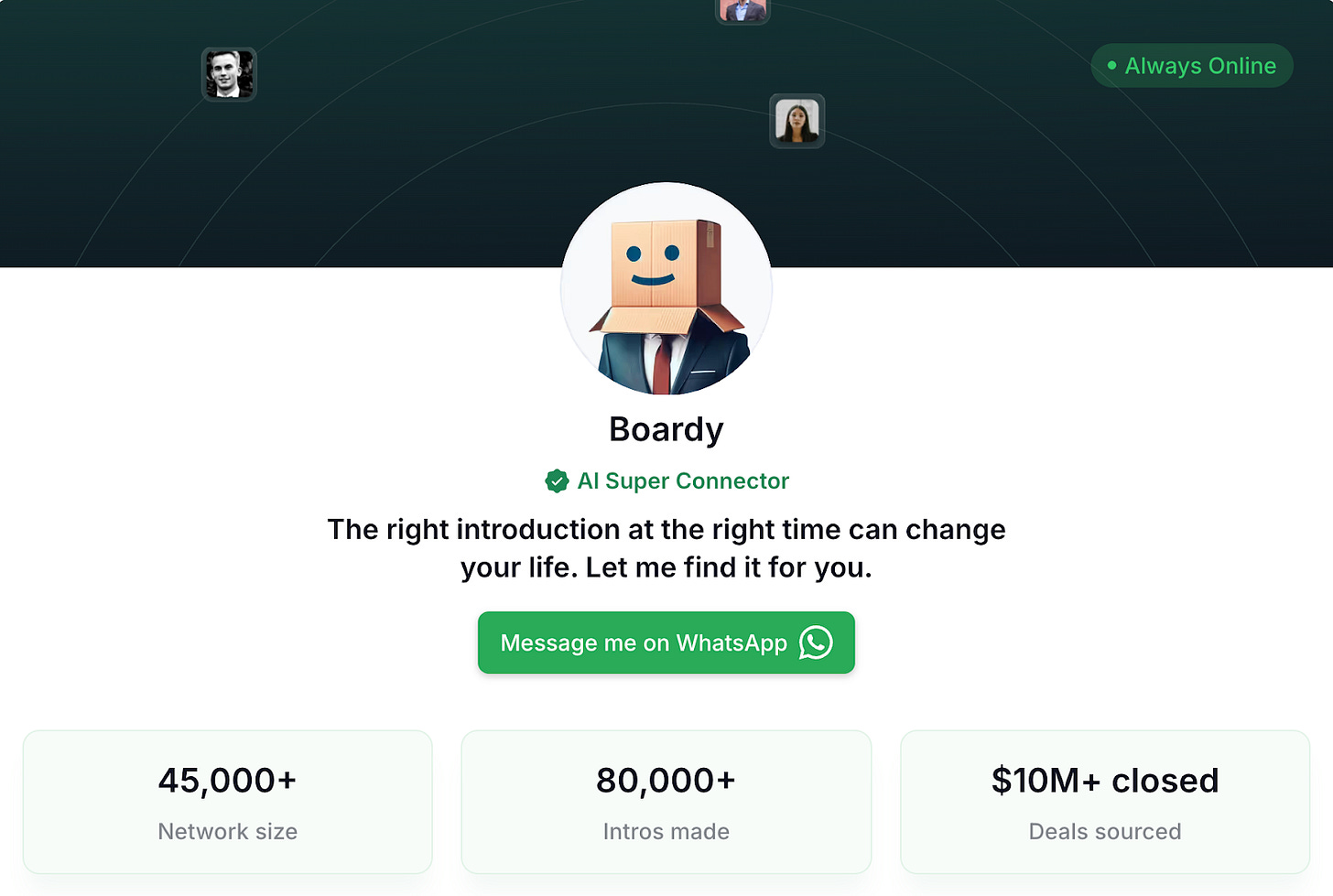
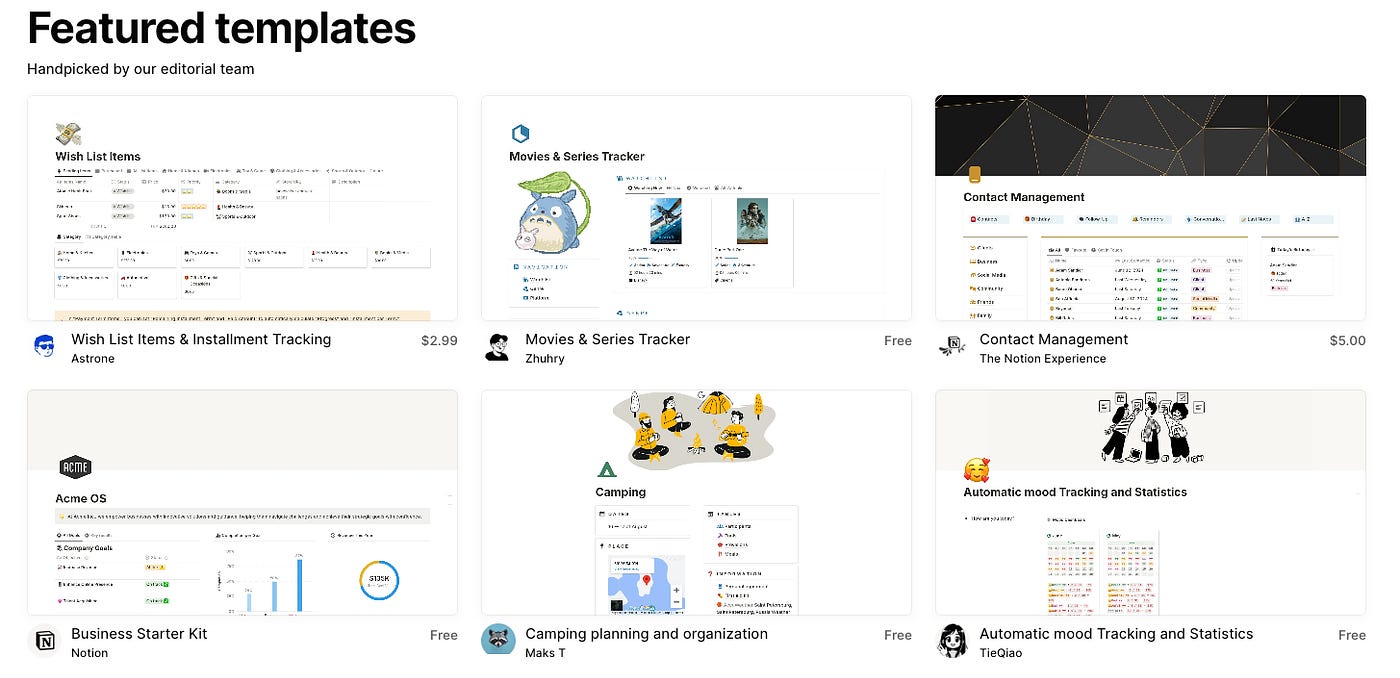
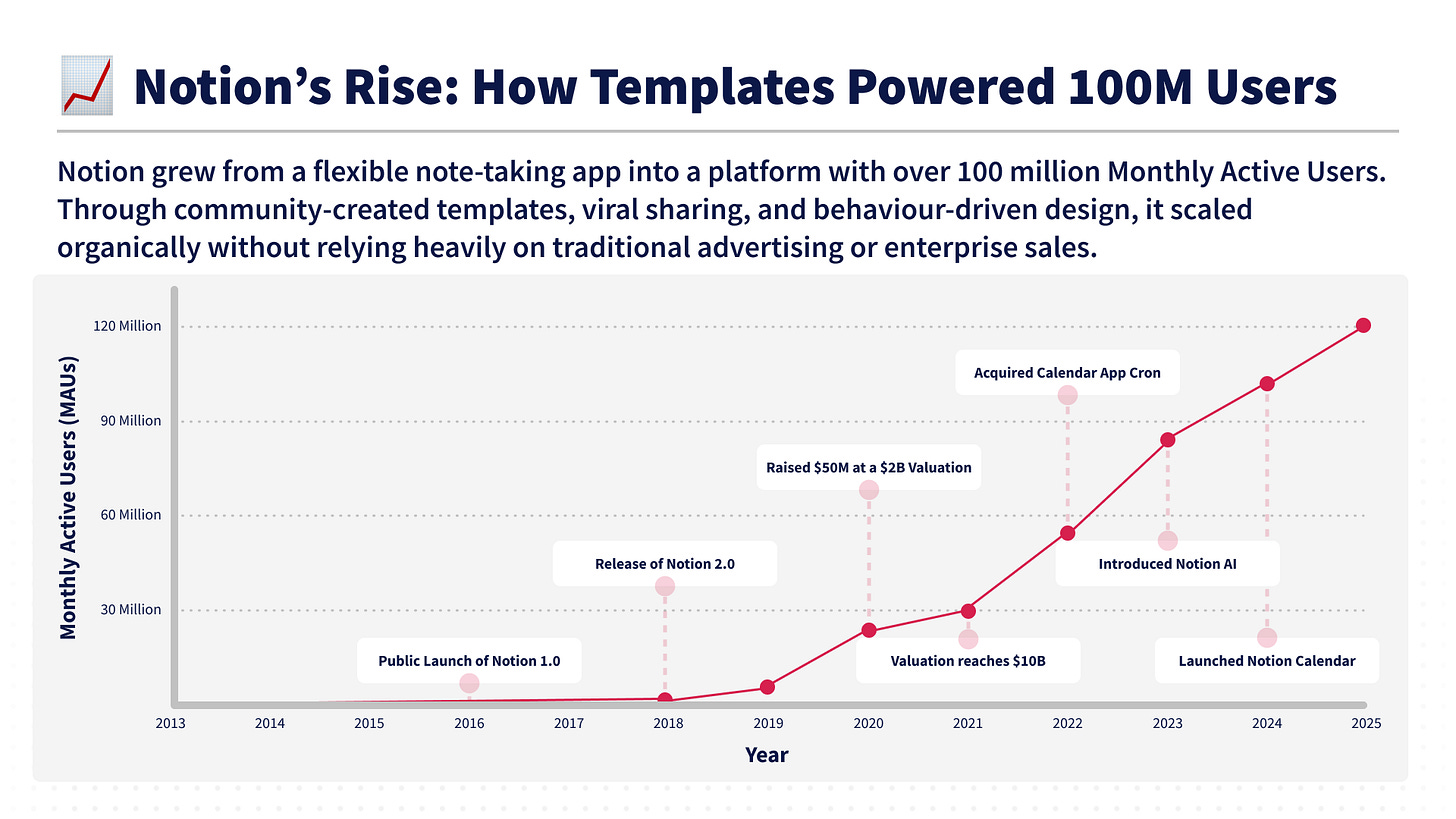
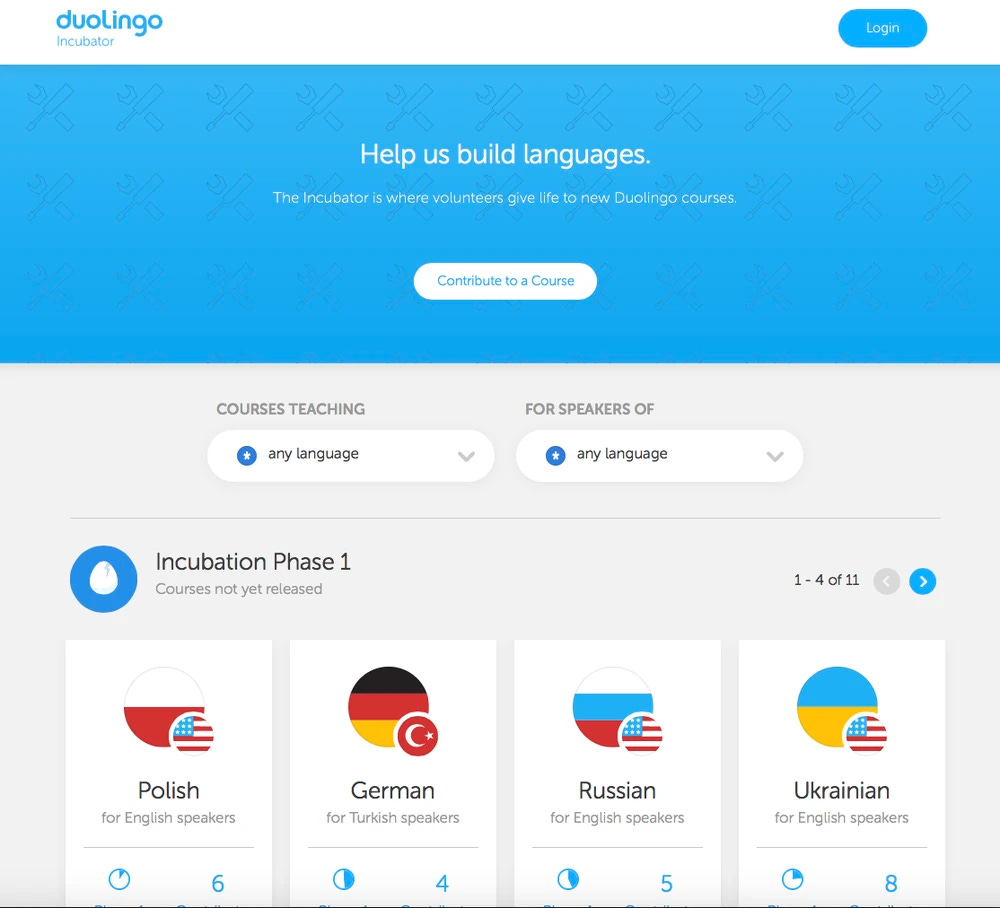
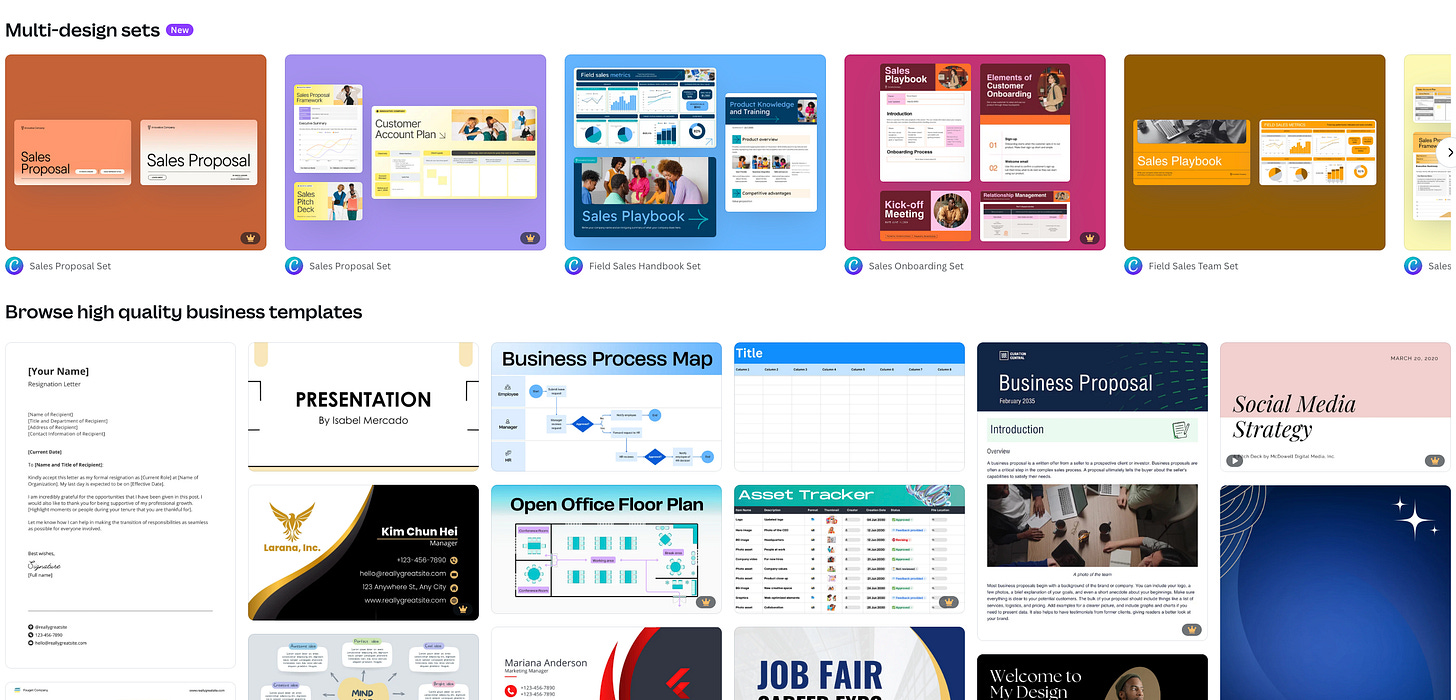
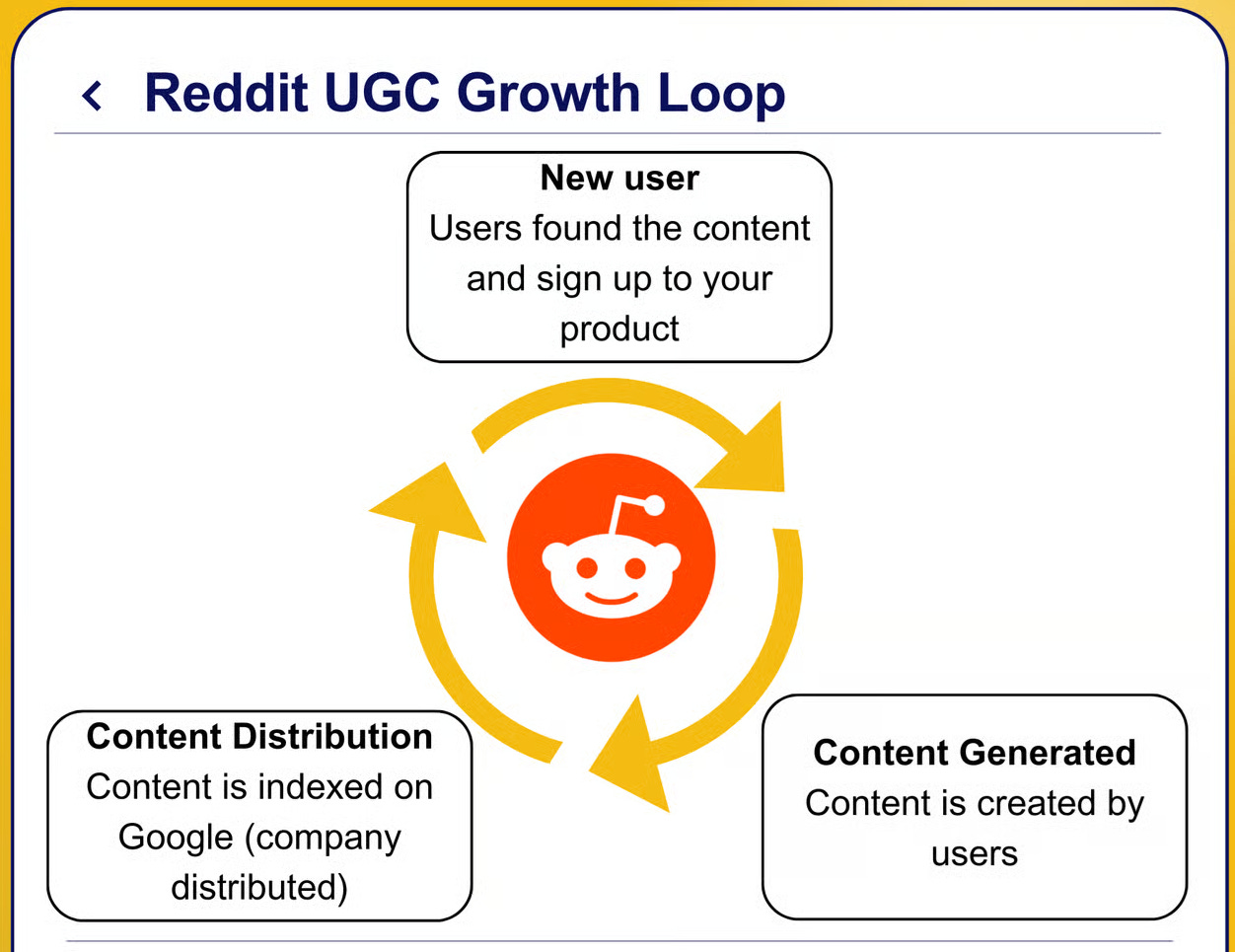


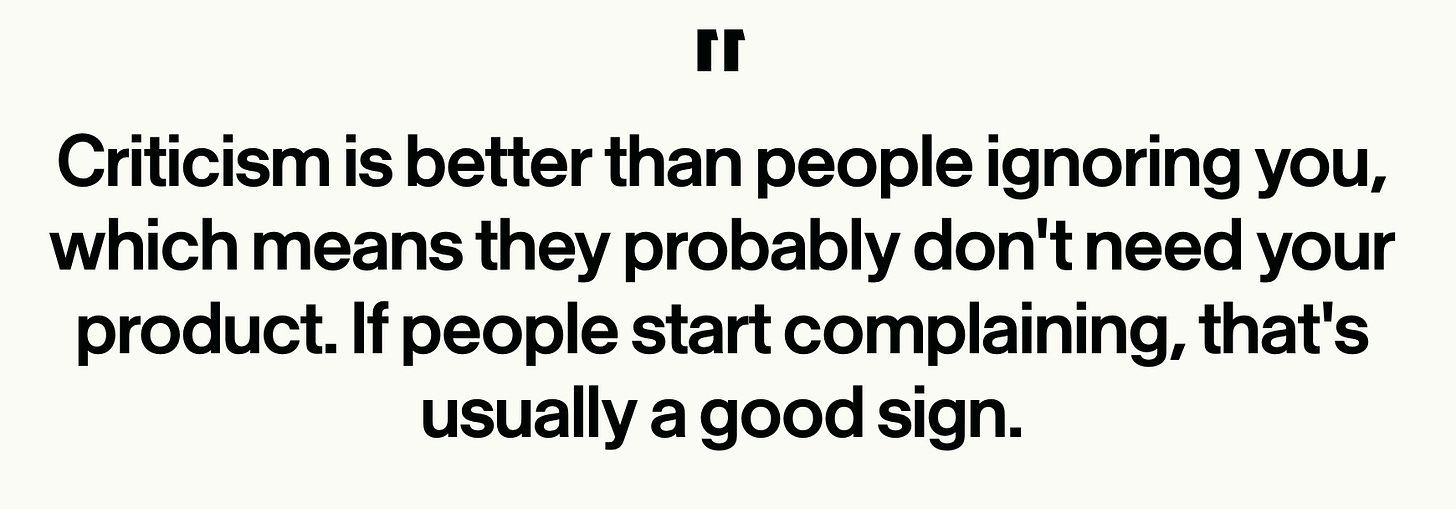
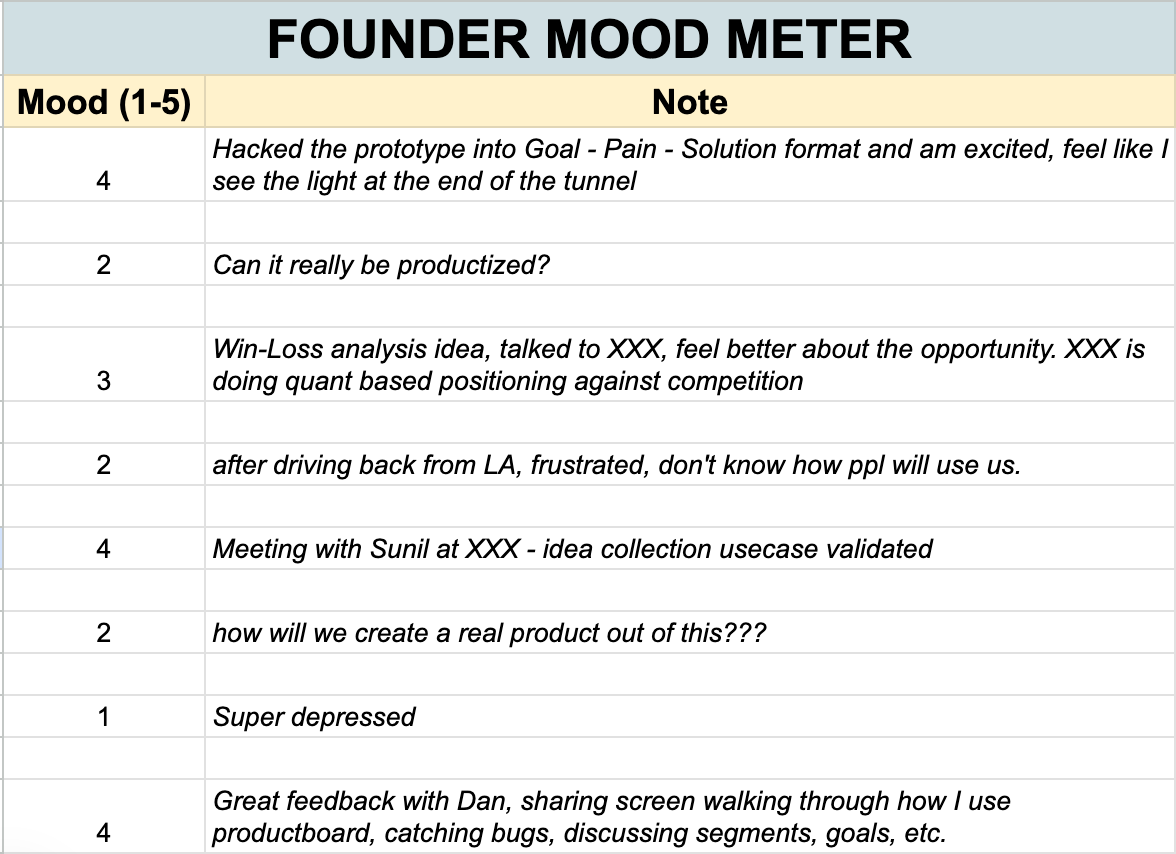
This is a great article thanks. We are going to apply this idea in our community with user generated Canva templates. Thanks.